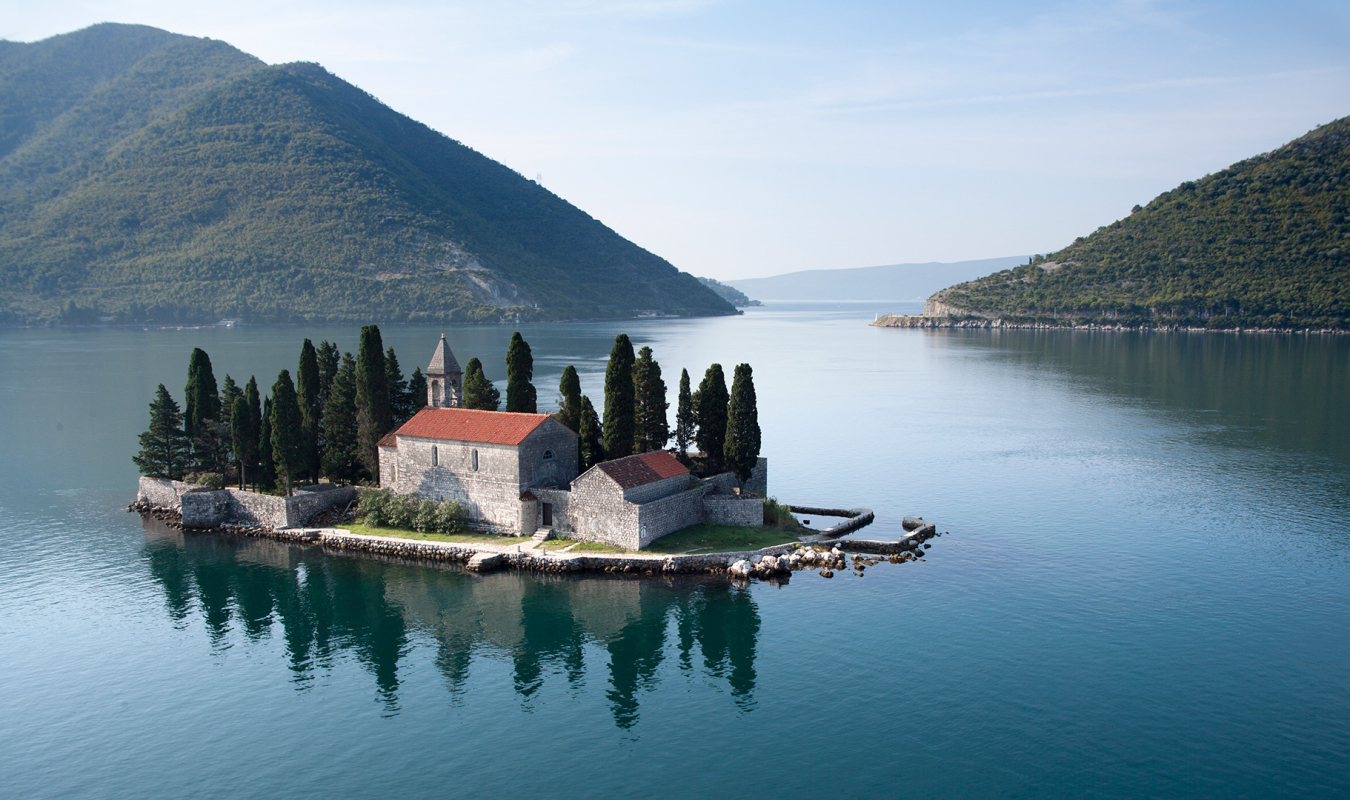Today, many call the island the island of the dead because the people of Perast have been buried there for centuries. The story goes that it was also called the 'haunted island' because the Roman pope was officially cursed because of the horrible crime that happened to him. Mythical stories are woven and woven around this island.
The first archival mention of the church and monastery of St. George 'Sanctus Georgius de Gulfo' is from 1166, when John, abbot of St. George, attends the consecration of the new, second Romanesque church of St. Tripuna in Kotor. However, according to the findings of the ornamentation on the church, it is assumed that the Benedictines have lived there since the 9th century, when there were several places on the coast.
Legend also says that the island was white for centuries, until the Benedictines came and planted cypresses - symbols of death and disappearance. The appearance of the old church has not been preserved, except for certain details, because it was destroyed by attackers and earthquakes, especially the strong earthquake of 1667. After that earthquake, a simple church was built, with a unique collection of heraldic markings on the graves of old Peraš families. Island of St. George was a city cemetery until 1866, when a new one was built, in the northern part of Perast itself. The monastery, in shifts of supremacy, was used by the Venetians, French and Austrians as a military fortress, building defensive walls with loopholes around the complex. There are Illyrian graves, Roman inscriptions on the island, and Roman tegulas were also found.

 Go back to blog
Go back to blog
